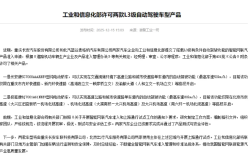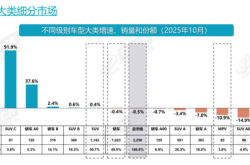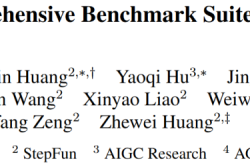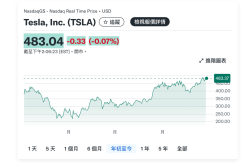Breaking the Ice: A Crucial 'Handshake' Between Domestic Databases and Storage
![]() 09/01 2025
09/01 2025
![]() 501
501
When the 'intelligent brain' of the Eastern database meets the domestic all-flash 'digital cornerstone', a silent yet significant 'handshake' transpires within the geopolitical chessboard of the digital realm. This union not only attests to compatibility but also provides a pivotal answer to future autonomy and security.
Recently, Beijing Oriental InfoTech's CirroData database and Sugon Storage's FlashNexus high-end centralized all-flash storage have officially completed mutual product compatibility certification. After rigorous joint testing, both products have demonstrated excellent compatibility, stable performance, and efficient data processing capabilities, fully satisfying the stringent requirements of enterprise key application scenarios for data infrastructure.
This milestone not only signifies a technological breakthrough but also marks a crucial step in the full-stack integration of domestic basic software and hardware, offering Chinese enterprises an autonomous and reliable data foundation for their digital transformation.
Regarding this certification, some may wonder if the term 'breakthrough' is an exaggeration. However, it is not.
From technological, ecological, or collaborative perspectives, achieving mutual recognition between these two systems is indeed challenging.
Why is this 'handshake' so difficult?
Amidst deepening global geopolitical tensions and intensifying market competition, more enterprise users are turning to domestic software and hardware IT equipment with independent intellectual property rights to mitigate potential risks stemming from external uncertainties. Databases and storage devices, as the bedrock of IT infrastructure, are of particular importance.
Together, databases and storage devices form the cornerstone of the digital world: storage devices serve as the physical foundation for data, ensuring its persistence and secure storage; databases, on the other hand, are the intelligent brains of data, efficiently organizing, managing, accessing, and extracting value from massive amounts of information. Their deep integration ensures business data reliability, consistency, and high availability, providing indispensable underlying support for all key application systems and directly impacting a company's digital transformation effectiveness and business continuity.
However, integrating these two components seamlessly is no easy feat. The first hurdle is the gap in development history. Due to past over-reliance on international products, domestic databases and storage systems exhibit significant differences in development paths, technical maturity, and iteration speeds, leading to inevitable pace mismatches during the integration phase.
Next, there's the ecosystem challenge. Often, a single product may pass compatibility certification, but when it comes to full-stack, in-depth testing and optimization of specific functions, performance, and high-availability scenarios, deficiencies become apparent. Finally, technical concept disparities also pose a challenge. Each enterprise faces different technical development directions, from the transition from 'storage and computing integration' to 'storage and computing separation' and other new architectures. Achieving deep integration requires a relatively lengthy process.
In recent years, with the continuous advancement of the information technology application innovation industry, more software and hardware products with independent intellectual property rights have begun to explore deep integration, achieving breakthroughs in multiple fields. This trend is encouraging.
Breaking the Ice: Decoding the Innovation Password of Industrial Collaboration
This time, Beijing Oriental InfoTech and Sugon jointly promoted the compatibility interoperability testing of CirroData and FlashNexus storage systems. After rigorous verification, both products demonstrated good compatibility, stable and reliable operation, fully meeting the stringent requirements of the financial, telecommunications, energy, and other industries for key business systems.
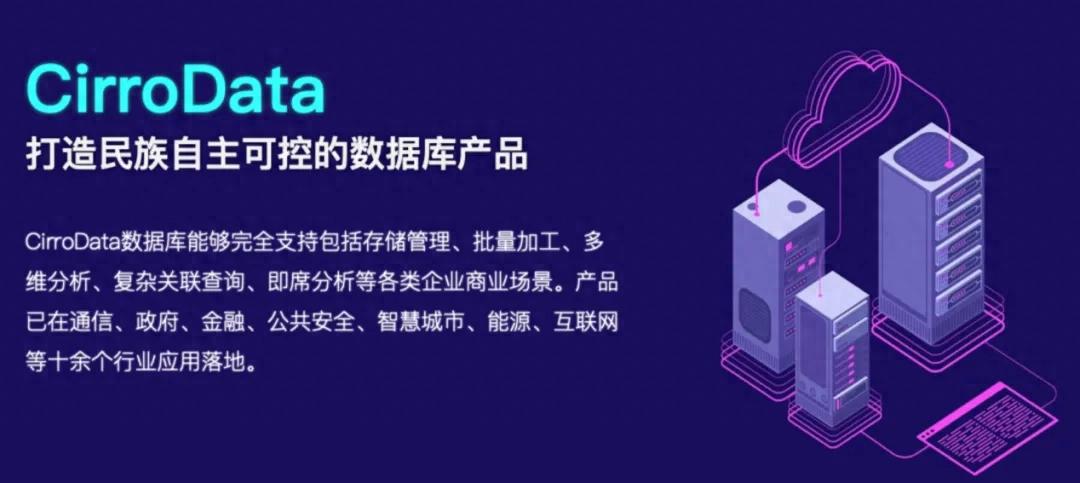
One of the protagonists in this compatibility certification is Beijing Oriental InfoTech's CirroData, a new generation of cloud database independently developed by the company. After over a decade of market refinement and technical accumulation, it has emerged as a leading product in the field of domestic distributed databases.
CirroData adopts an advanced compute-storage separation architecture, seamlessly integrating the strengths of distributed storage and MPP parallel computing, offering PB-level massive data storage and real-time analysis capabilities.
Simultaneously, CirroData showcases 'three highs and one low': high performance, achieving billion-level data aggregation responses in seconds and processing tens of millions of connections in milliseconds; high availability, guaranteeing enterprise-level reliability through a no single point of failure design (not less than 99.999%); high scalability, supporting smooth linear scaling from 3 to 512+ nodes; and low cost, benefiting from its efficient compression technology (compression ratio up to 1:20) and support for general x86 servers, significantly reducing the total cost of ownership (TCO).
Its application footprint spans core industries such as communications, finance, government, energy, and 31 provinces, with over 10,000 deployed nodes, making it a 'smart brain' validated by large-scale practice.
On the other hand, FlashNexus high-end centralized all-flash storage is Sugon's 'digital cornerstone' tailored for enterprise key business scenarios, designed for high reliability, performance, and scalability.
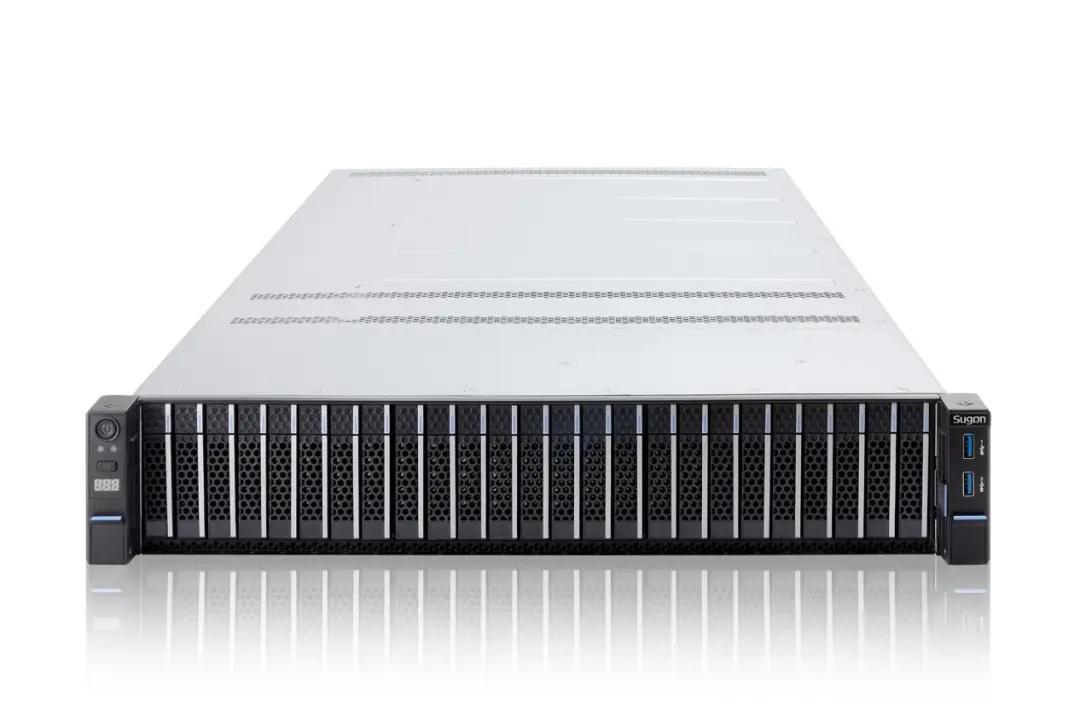
In the new era, our domestic brand storage has undergone significant advancements in performance and reliability. In February 2025, Sugon FlashNexus achieved over 30 million IOPS (Input/Output Operations Per Second) and an ultra-low latency of 0.202 milliseconds with a 32-controller architecture in the SPC-1 benchmark test of the Storage Performance Council (SPC), topping the global performance chart and setting a new benchmark. At the same time, its cost per thousand IOPS is only $155.01, demonstrating excellent cost-effectiveness.
Behind its stellar performance lies Sugon's self-developed 'HyperTunnel' technology architecture. This technology accelerates through software and hardware coordination, eliminating key bottlenecks in the storage path, and constructing an efficient, low-latency, and sustainable transmission channel, significantly optimizing data access efficiency in high-concurrency scenarios.
FlashNexus's design fully addresses the extreme requirements of enterprise key businesses for stability and continuity. Its stability guarantee exceeds 'seven nines' (99.99999%) of high availability and adopts multi-dimensional designs such as the NexusMatrix matrix interconnection architecture, gateway-free A-A dual-active technology, and RAD-QC four-disk check technology (allowing the storage pool to handle four hard drive failures simultaneously) to ensure business continuity.
With its powerful performance, FlashNexus can meet the critical business needs of users across industries such as finance, telecommunications, energy, government, science and education, healthcare, and manufacturing.
The profound significance of this mutual certification extends beyond mere compatibility certification. It signifies the perfect fusion of CirroData's efficient data scheduling capabilities and FlashNexus's extreme I/O performance, realizing the harmonization of 'fast data scheduling' and 'stable data storage', thereby resolving the long-standing 'efficiency bottleneck' for enterprises.
More importantly, the collaboration between Beijing Oriental InfoTech and Sugon sets a precedent for the development of domestic basic software and hardware ecosystems. It signifies that domestic manufacturers have transitioned from past 'single point breakthroughs' in the database or storage fields to a new era of 'collaborative combat'.
Through open cooperation, the two parties have jointly crafted a safe, reliable, and high-performance integrated software and hardware solution, proving to the market that domestic technology stacks are fully capable of supporting core business systems and providing an autonomous and controllable 'Chinese answer' for customers' digital transformation.
From 'Usable' to 'User-Friendly': The Future Path of Domestic Integration
The future trajectory of domestic database and storage integration will undoubtedly transcend simple 'adaptation certification' and delve into deeper software and hardware collaborative design. Just as Sugon FlashNexus's self-developed 'HyperTunnel' technology achieves software and hardware collaborative acceleration, in the future, both parties will participate in architecture design from the inception of product planning. The database will more directly leverage the hardware characteristics of storage (such as NVMe protocol, RDMA network), and storage will also conduct in-depth optimization for the database's access patterns (such as sequential/random read and write, data block size). This evolution from 'protocol docking' to 'chip-level collaboration' will be pivotal in unleashing full performance potential and achieving high efficiency.
It's worth noting that Sugon Storage is actively fostering a domestic ecosystem. In addition to Beijing Oriental InfoTech's CirroData, FlashNexus has completed compatibility certification with multiple domestic mainstream databases, such as GBase from Nanjing GBase Software Co., Ltd., and TiDB from PingCAP, Inc., providing crucial support for building an autonomous, controllable, safe, and reliable domestic IT infrastructure base.
The journey towards domestic substitution is progressing from 'usable' to 'user-friendly'. This necessitates database and storage vendors to adopt a more open mindset and engage in comprehensive, in-depth cooperation spanning collaborative design, unified operation and maintenance, and ecosystem co-construction. Only when the integration of underlying technologies truly embodies efficiency, transparency, and convenience can a solid, reliable, and autonomously controllable 'data cornerstone' be established for the digital transformation of all sectors.
The Journey of Independent Innovation Begins with Every Solid 'Handshake'
The 2025 'Government Work Report' clearly states: 'Promote high-level scientific and technological self-reliance and self-improvement. Leverage the advantages of the new national system, strengthen research on key core technologies and cutting-edge, disruptive technologies, and accelerate the organization and implementation of major science and technology projects with advanced layouts.' Under this strategy's guidance, from underlying chips to core software, China's basic software and hardware are making breakthroughs in multiple fields.
The cooperation between Beijing Oriental InfoTech and Sugon this time not only marks the success of technical compatibility but also showcases the robust capabilities of Chinese technology enterprises in constructing an autonomous and controllable technology system.
Every such 'handshake' is a powerful impetus to the domestic substitution journey. From chips, storage, to databases, from standard setting to ecosystem co-construction, the innovative forces of Chinese science and technology are layering upon each other and empowering each other. This road may be long, but every step is solid and clear. It is believed that the vast sea of independent innovation will ultimately be illuminated by countless 'handshakes' and 'breakthroughs'.


